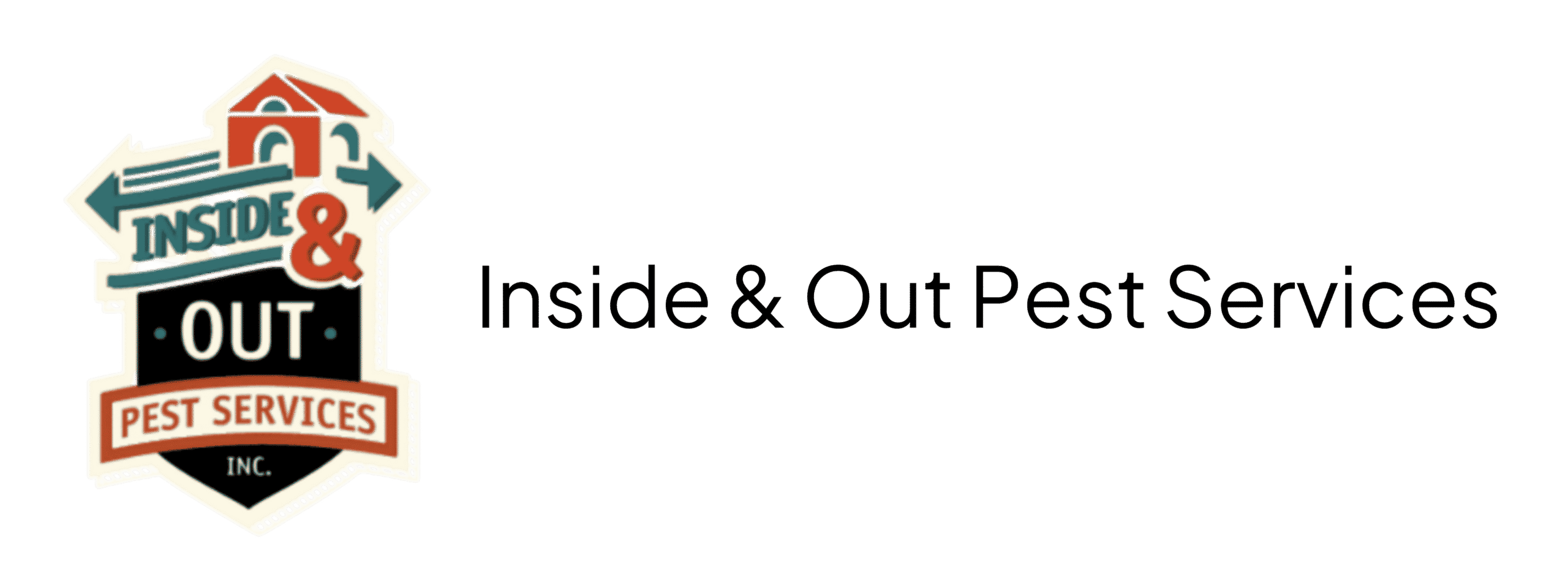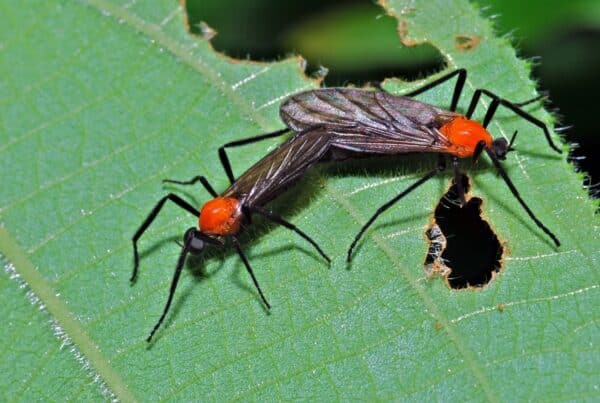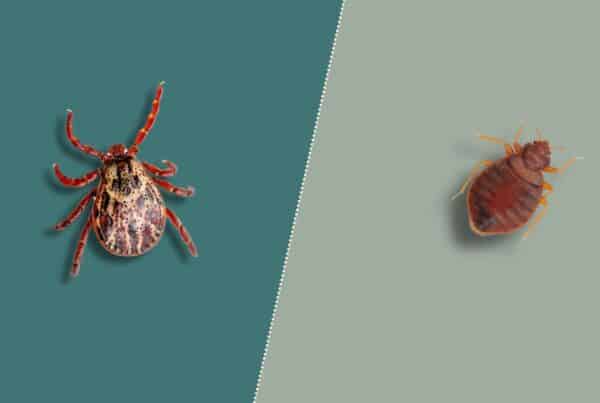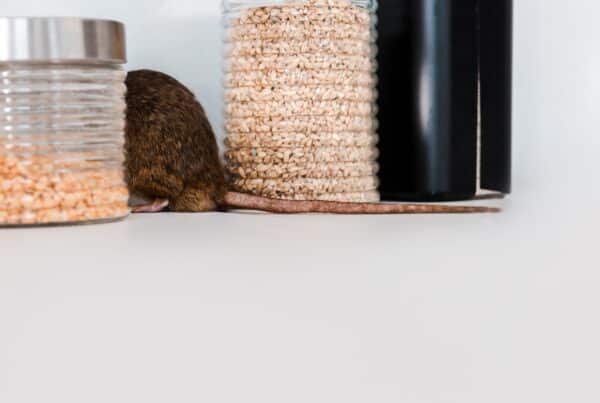If you’ve ever spotted a furry visitor skittering across your floor, you’re not alone. Many homeowners find themselves as unwilling hosts to these tiny guests. Yet, in the split second before the creature disappears into a crevice, are you able to tell the difference between a mouse and a rat? While they may share a family tree, mice and rats are far from identical twins.
Understanding the distinction between these two rodents is the first step of prevention. Each has its own habits, which affect how you might address an infestation and how you can deter their kin from paying a visit. With clear insight and precise identification, you can tailor your approach to pest control, ensuring that your home remains the cozy sanctuary it should be, for you and not for them.
Understanding the Rodent Family
Rodents, known for their sharp incisors that never stop growing, are a resourceful bunch, able to adapt to various environments. Among this diverse family, mice and rats have gained notoriety, often due to their close quarters with human habitats. Their reputations as pests precede them, but in their natural habitats, they play a pivotal role in the ecosystem. They are seed dispersers, soil aerators, and a vital food source for a myriad of predators.
Mice are the more modest relatives with their diminutive size and inquisitive nature. They are the quintessential creatures of stealth, slipping into homes with the slightest opportunity, making a meal of crumbs. Their agility and ability to multiply rapidly make them a persistent challenge if they choose your home for their residence.
Rats, on the other hand, are the brawnier members of the rodent dynasty. They exhibit a boldness in their survival tactics, often venturing into new territories with a fearless curiosity. Larger and more robust, rats can seem like the more daunting of the two to manage. Their size and strength allow them to access food and shelter on a scale that their smaller counterparts cannot.
In our urban landscapes, these creatures are often unwelcome guests, yet understanding their roles in nature can foster a sense of respect for their survival skills. This respect, however, doesn’t extend to a free pass in our homes.

Mouse vs Rat: Key Differences
When the tiny pitter-patter behind the walls becomes a concern, knowing whether you’re dealing with a mouse or a rat is paramount to effective control. Let’s highlight the characteristics that set these two apart, enabling you to identify your unwelcome houseguest with confidence.
Physical Differences
Mice charm some with their petite frames, typically not exceeding four inches in body length, excluding their tails. They sport large ears and pointed noses, and their fur comes in a variety of shades, often blending with their environment. Rats, however, command presence. A rat’s body can easily reach nine inches or more. They have blunter noses, smaller ears relative to their bodies, and thicker tails.
The two also differ in their typical lifespans. Mice can live for about a year in the wild, a timeline often shortened by predators and environmental challenges. Comparatively, rats have a slightly longer trajectory, living up to two years under the right conditions. This further emphasizes the urgency of addressing a rat infestation promptly!
Behavioral Differences
For nests, mice favor soft materials and often settle within walls or in cluttered areas like storage boxes. Rats are less finicky about their environment, making their homes in burrows underground, in woodpiles, or even in high places like attics.
When it comes to diet, mice eat mostly grains and seeds, but they won’t shy away from sweets and proteins when available. Rats are less discerning, eating nearly anything they come across, which can include grains, meats, and refuse.
Droppings Identification
Mouse droppings are small, about the size of a rice grain, and pointed at the ends. Rat droppings are more daunting, similar to a small bean, and blunt at the ends. Regular inspection for these telltale signs can help in early detection of an infestation.
Recognizing these differences sharpens your ability to respond to a rodent problem with precision. Whether it’s a mouse leaving rice-sized droppings or a rat making its presence known with larger, bean-like waste, your response plan starts with correct identification.
Health Risks and Why Identification Matters
Rodents, beyond being uninvited guests, pose significant health risks to humans. Understanding the specific dangers associated with mice and rats, and why prompt identification is crucial, can protect your family’s well-being.
Health Risks from Rodents
- Disease Transmission: Both mice and rats are carriers of diseases. These can be transmitted directly through contact with rodent feces, urine, saliva, or bites. Indirect transmission may occur through ticks, mites, or fleas that have fed on an infected rodent. Mice are known carriers of hantavirus, salmonella, and listeria, which can lead to serious health conditions. Rats are associated with even more diseases, including leptospirosis, tularemia, and the potentially fatal rat-bite fever.
- Allergens: The droppings, dander, and hair of rodents can exacerbate allergies and asthma, particularly in children and sensitive individuals. The regular presence of rodents in a home greatly increases the allergen load in the environment.
- Contamination: Rodents contaminate surfaces and food supplies as they scavenge, leaving behind a trail of urine and feces. This often contains harmful bacteria, compounding the risk of food poisoning.
Why Identification Matters
- Tailored Control Strategies: Knowing whether you have mice or rats is essential because control methods differ. Mice can often be managed with smaller traps and baits placed in strategic locations due to their curious nature. Rats, being more cautious and neophobic, require a different approach, often with larger, more robust control measures and patience as they may avoid new objects in their path for some time.
- Infestation Scale and Speed: Mice reproduce rapidly and can quickly overrun a space if not addressed. A rat infestation may grow more slowly, but due to their size and the amount of damage they can cause, they represent a significant threat to property and health.
- Prevention Methods: Effective long-term control hinges on understanding rodent behavior. Mice can enter through gaps as small as a dime, necessitating thorough sealing of entry points. Rats, with their powerful jaws, can create new entry points and may require more robust exclusion techniques.

Maintenance and Prevention
Ensuring your home is less attractive to rodents starts with vigilant sanitation. Keep your living spaces clean, particularly where food is stored. Regularly dispose of garbage in tightly sealed bins and keep your kitchen clear of crumbs and spills by storing food in airtight containers and cleaning under appliances.
Rodents are adept at slipping through small openings, so it’s crucial to seal up any potential entry points. Fill cracks in the home’s exterior, especially where pipes and cables enter, and fit door sweeps to prevent rodents from squeezing underneath. Make sure window screens are intact and free from tears.
The environment outside your home also plays a role in rodent prevention. Trim tree limbs and shrubs away from the house to discourage access, and keep your yard tidy by removing debris and keeping grass short. Woodpiles and other outdoor clutter can provide shelter for rodents, so it’s best to keep these well away from your home. Even with all these measures in place, constant vigilance is key. Regularly inspect your home for signs of rodent activity, particularly as the seasons change and rodents look for shelter.
When to Call Professionals
If you notice recurring signs of rodent presence, it might be time to seek expert help. This can look like droppings, gnaw marks, or consistent noises within walls. The occasional sighting of a mouse or rat might not warrant professional services. However, if you see multiple rodents or evidence of nesting, this indicates a larger problem.
Additionally, if you have made efforts to seal entry points and maintain a clean and clutter-free home but still find evidence of rodents, a professional can identify less obvious entry points and provide more effective eradication and prevention strategies. Persistent unpleasant odors of rodent urine, which can be musty and strong, are another sign that you might have an infestation significant enough to require professional intervention. Moreover, if you or anyone in your household has allergies or health concerns, professional pest control can ensure that the problem is addressed safely and thoroughly.
Lastly, if you are uncomfortable handling the situation, lack the time to do so effectively, or have tried DIY methods without success, it’s important to call a professional to ensure your home is rodent-free.
Conclusion
Essentially, while the mouse and the rat share their lineage, their differences are significant enough to influence your battle against these unwelcome squatters. Recognizing the subtle cues—from the size of droppings to the boldness of behavior—can be your greatest weapon in keeping them at bay.
Remember, cleanliness and vigilance are your first lines of defense, but when the telltale signs of a rodent rendezvous in your home persist, it’s time to call in the experts. For assistance with an existing pest issue or guidance on the best prevention methods for your home, reach out to Inside and Out Pest Services in Jacksonville, FL, and surrounding areas today!



